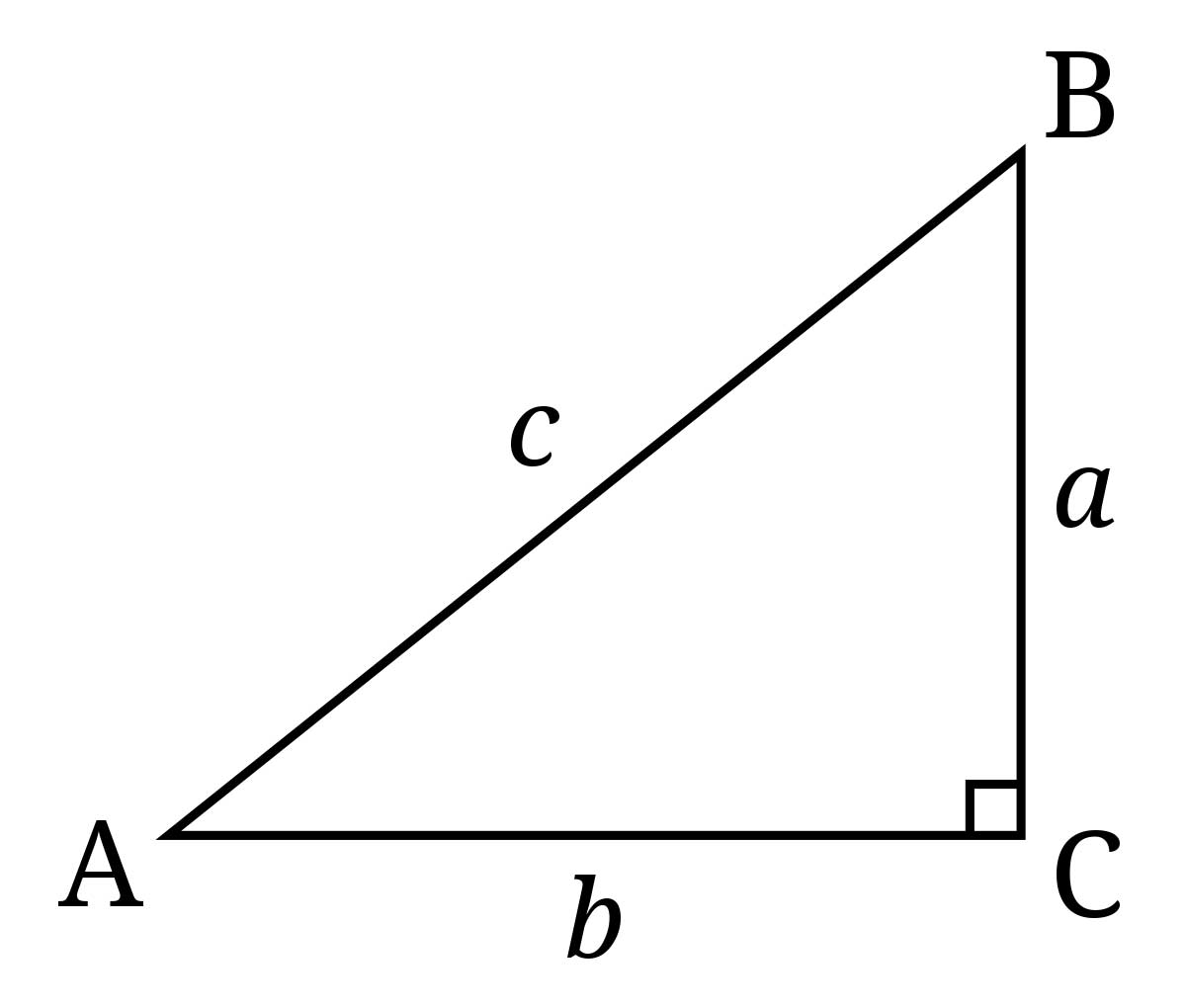If you want to know whether a triangle is a right triangle, there are different methods that will tell you. This is important because there are formulas that apply to right angle triangles but not to others. You may know that the angles in a triangle add up to 180 degrees. In addition, there are different kinds of angles, including acute, obtuse, and right.
Acute angles are less than 90 degrees whereas obtuse angles are greater than 90 degrees. Knowing these terms helps you to solve a number of problems associated with triangles.
Do You Know the Measure of the Angles?
If you know the measure of the three angles in a triangle, you can very easily determine whether it is a right triangle. A right angle measures 90 degrees. If one angle is 90 degrees, it is a right triangle. This is the major difference between a right triangle and other kinds of triangles: a right triangle always has one angle that is 90 degrees and every triangle with a 90-degree angle is a right triangle.
If you only know two measures and neither is a right angle, you can still use this method. The three angles will add up to 180 degrees. If two angles add together to equal 90 degrees, then the other angle must be 90 degrees. This means that it is a right triangle.
Measure the Sides of the Triangle
Another rule that applies to all right triangles is the Pythagorean Theorem. This theorem states that if you add together the squares of the two sides of the triangle, the total is equal to the square of the hypotenuse. The hypotenuse is the side of the triangle opposite the right angle. In this case, if the two sides measure 3 cm and 4 cm, and the hypotenuse measures 5 cm, you can use the following formula: (3 x 3) + (4 x 4) = (5 x 5). That gives you 9 + 16 = 25. Since this is true by definition, this triangle with those side lengths is a right triangle.
Depending on the length of the sides of the triangle, you may need to use a calculator but this theorem is true for every single right triangle. This means that if you know the three side lengths, you can always find out if you have a right triangle.
Measure the Angle with a Protractor
A protractor is made to measure angles. It is shaped in a semicircle and it has lines that extend from the center. The lines are representative of angle measures. A 90-degree angle goes straight up from the center and this is the angle that you need for every right triangle.
You can place the midpoint of the protector on the vertex of the angle. Then line up one side of the angle with the zero line of the protractor. The zero line goes straight across at the bottom. Follow the adjacent side of the triangle up and look at where it crosses the number scale. If it crosses at 90 degrees, you have a right triangle.
When you are dealing with right triangles, you have a specific set of rules that are always true. This makes it possible to find out without any doubts whether or not you have a right triangle. By definition, one of the three angles in the triangle must be a right angle, which has a measure of 90 degrees.
You can use a protractor, use the Pythagorean theorem, or add together the measures of any two angles to find out whether you have a right triangle or not. The three angles must equal 180 degrees, the protractor must show a 90-degree angle, or the square of each of two sides added together must equal the square of the hypotenuse. If any of these are true, you have a right triangle.
